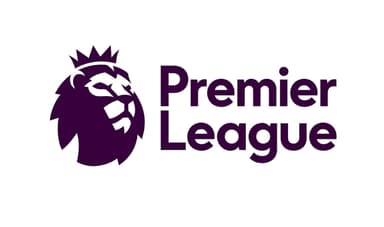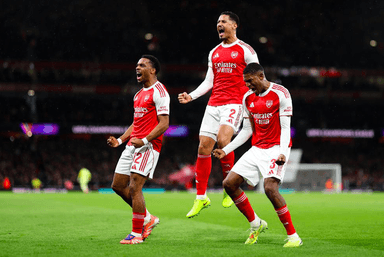
The 2024-25 EFL Championship Play-Off Final between Sunderland and Sheffield United at Wembley Stadium wasn’t just a battle for Premier League survival—it was a seismic financial event that underscored the vast economic disparities in English football. With the winner guaranteed at least £220 million in revenue over three seasons , the match encapsulated the high-stakes commercial reality of modern football, where promotion to the Premier League can transform a club’s fortunes overnight.

The Financial Divide: Survival vs. Prosperity
For Sunderland, victory marked a return to the top flight after an eight-year absence and a financial windfall. The club’s revenue is projected to surge from £38.2 million in the Championship to over £130 million next season , driven primarily by Premier League broadcasting rights. Even the lowest-ranked Premier League team receives around £110 million annually from domestic and international TV deals , a figure that dwarfs the Championship’s £5.4 million average club revenue from broadcasting.
Sheffield United, despite their defeat, benefited from the Premier League’s "parachute payments"—a safety net for relegated clubs. As a former top-flight side, they received £49 million this season and stand to earn £40 million next year if they remain in the Championship . This financial cushion explains why parachute clubs dominate the Championship’s revenue rankings; in 2023-24, Leeds United and Leicester City generated over £100 million each while in the second tier.

The Commercial Domino Effect
Promotion triggers a cascade of commercial opportunities. Sunderland’s matchday revenue, already £15 million higher than Sheffield United’s due to their 11,000-strong average attendance advantage , is set to grow exponentially. Wembley’s 76,000-capacity final , combined with Premier League ticket prices (average £50 vs. Championship’s £30), could generate £3.8 million from a single home game.
Sponsorships also escalate. Championship clubs like Sunderland typically earn £0.5-£1 million annually from shirt deals , whereas Premier League teams command £10-£40 million. Sheffield United’s £12 million deal with DEBET , for example, pales next to Arsenal’s £40 million Emirates partnership. Sunderland’s commercial income, currently £22 million, could triple within a year .

The Cost of Failure: Financial Contraction
For Sheffield United, the loss meant more than just missed revenue. Their squad value, already £100 million higher than Sunderland’s , faces depreciation. Key players like Cameron Archer, who transferred for £22.3 million last summer , may see their market value decline in the Championship. The club’s wage bill, twice that of Sunderland’s , will become a heavier burden without Premier League income.
The Championship’s financial precariousness is stark. In 2023-24, 24 Championship clubs collectively lost £321 million , with only four turning a profit—all reliant on player sales or parachute payments. Clubs like Coventry City and Blackburn Rovers avoided losses by selling assets , a strategy unsustainable for ambitious sides.
 The Broader Implications: A League Divided
The Broader Implications: A League Divided
The play-off final highlighted the growing gulf between the Premier League and EFL. The top flight’s £12.25 billion broadcasting deal (2025-28) ensures its clubs dominate global football’s financial hierarchy, while Championship clubs rely on owner subsidies and parachute payments. This disparity fuels a cycle where promoted teams often return to the Championship within a season, as seen with Luton Town and last year’s trio of relegated sides.
Financial Fair Play (FFP) regulations exacerbate the issue. Newly promoted clubs face strict profit limits, restricting their ability to invest in squad depth. Sunderland, for instance, must navigate a £61 million three-year loss cap , a challenge compounded by Championship-level infrastructure.

The Verdict: A Model Under Strain
The 2024-25 play-off final exemplified football’s economic paradox: while the Premier League’s wealth attracts global audiences, it deepens inequality in the English football pyramid. Sunderland’s promotion offers a blueprint for financial resurrection, but the Championship’s structural flaws—chronic losses, reliance on parachute payments, and FFP constraints—threaten its viability. As football’s commercial arms race intensifies, the play-off final remains both a lottery and a microcosm of the sport’s unequal financial reality.




